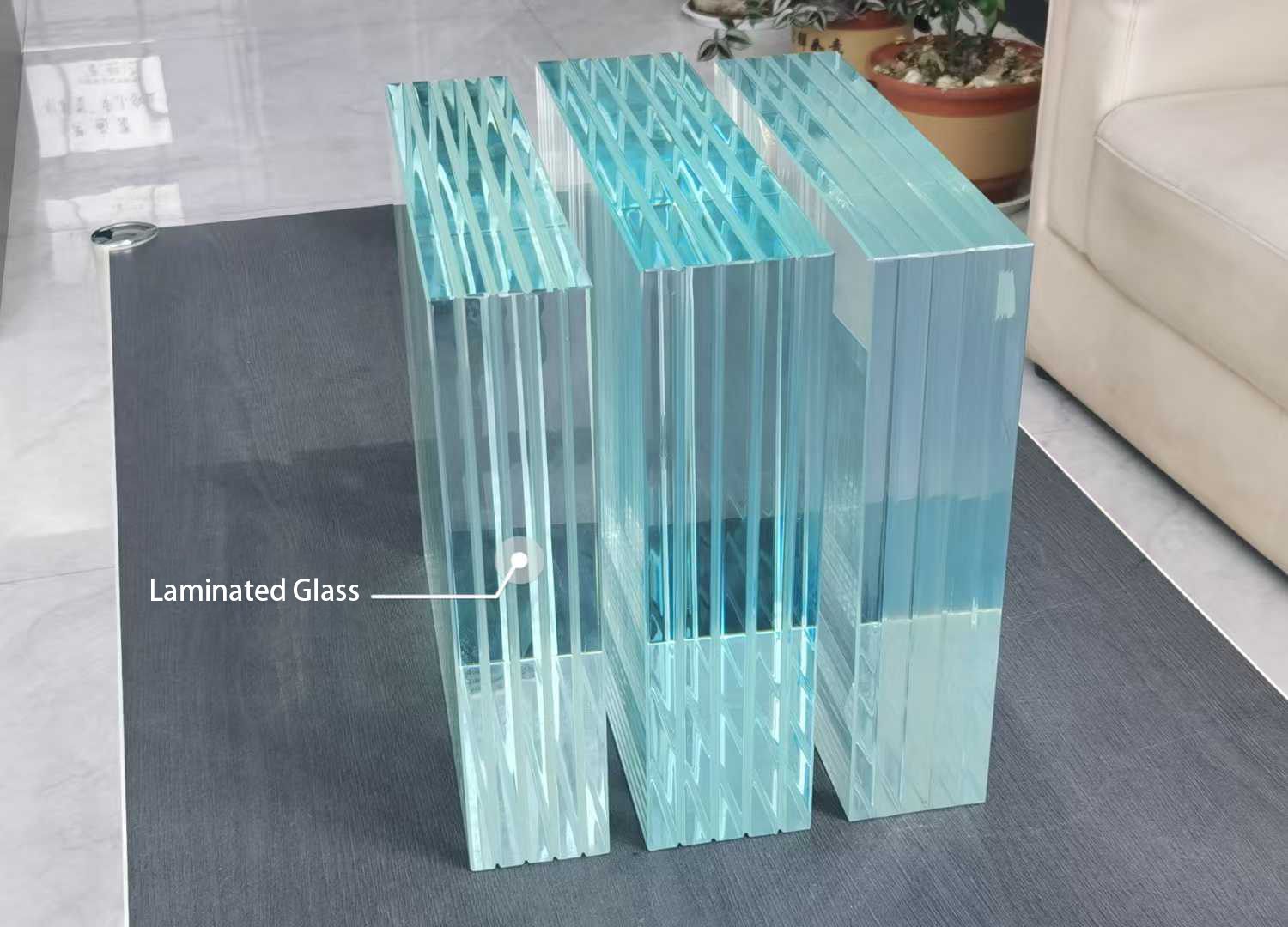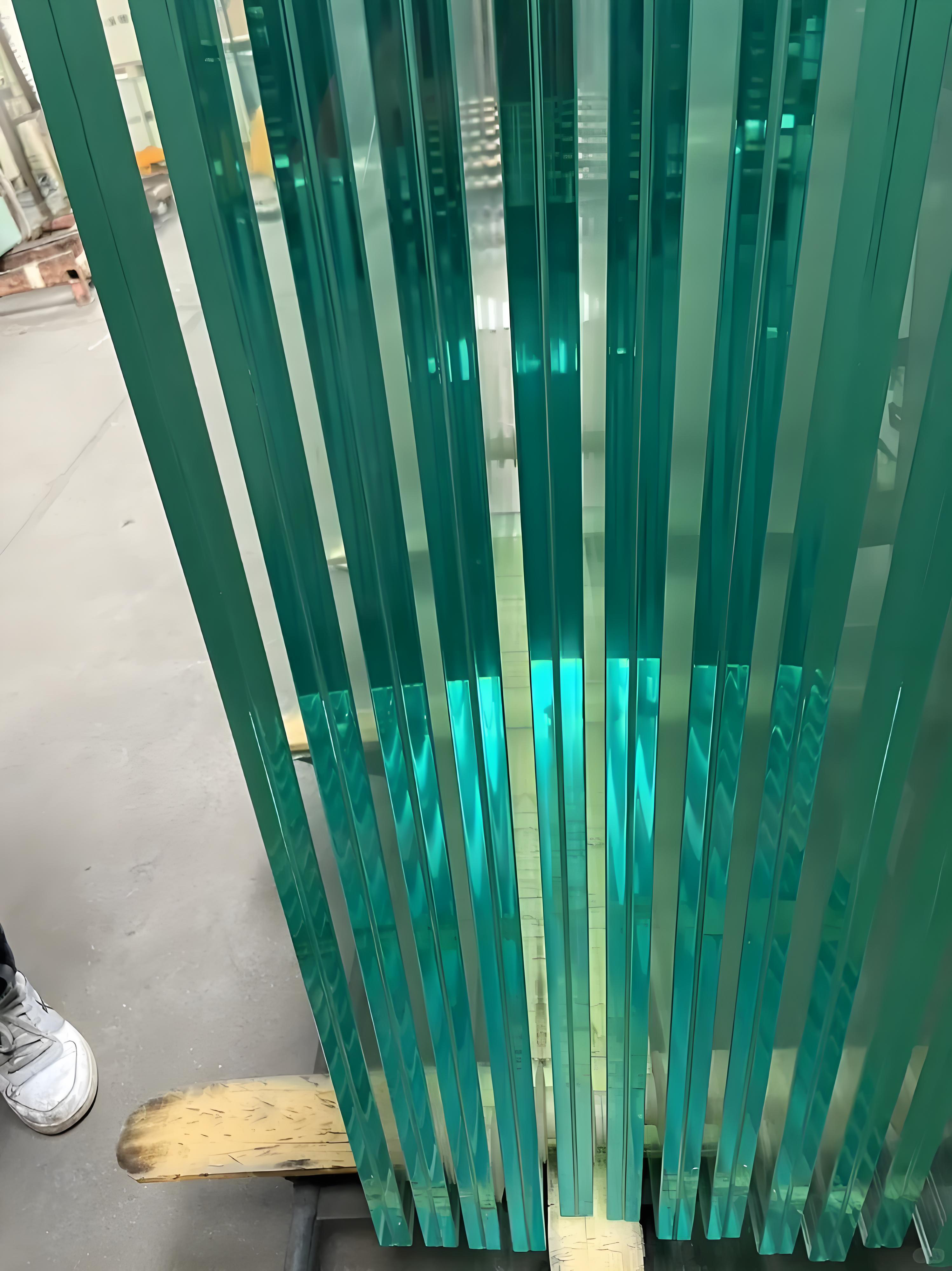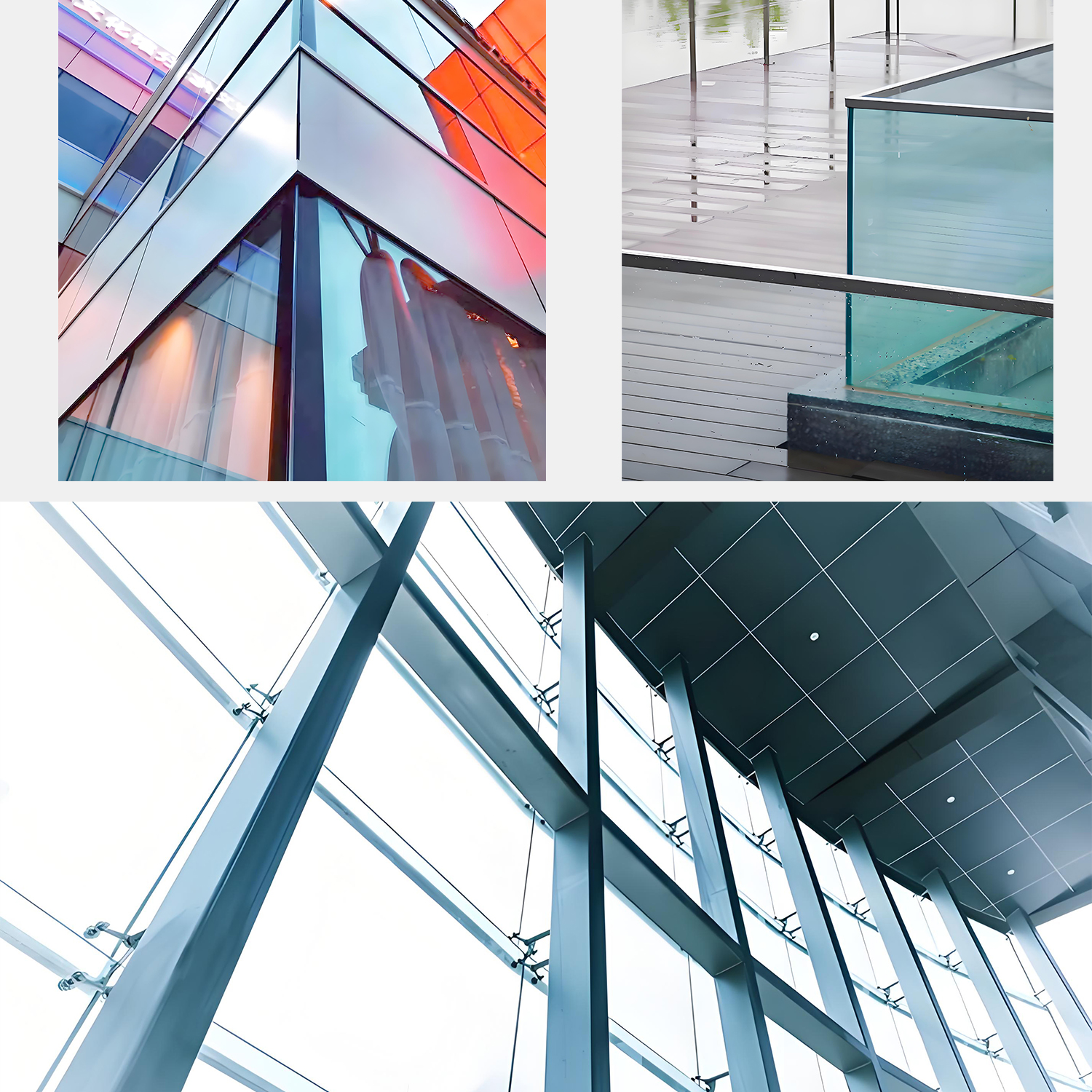- All
- Product Name
- Product Keyword
- Product Model
- Product Summary
- Product Description
- Multi Field Search
Views: 9569 Author: Site Editor Publish Time: 2025-10-22 Origin: Site
When it comes to safety and performance in architectural and decorative applications, laminated glass and tempered glass are two of the most commonly used types in modern construction. Although they may look similar, the internal structure, manufacturing process, and safety performance differ significantly. As a professional glass processing factory based in Guangzhou, China, TopoGlass provides both types with full customization to meet global standards and client needs.

Laminated Glass is composed of two or more sheets of glass bonded together with an interlayer — typically PVB, EVA, or SGP film — under high temperature and pressure. Even if it breaks, the interlayer holds the glass fragments in place, maintaining structural integrity and preventing shards from scattering.
Tempered Glass, on the other hand, is made by heating a single sheet of glass to over 600°C and then rapidly cooling it to increase its strength. This process makes it four to five times stronger than standard float glass. When broken, tempered glass shatters into small, blunt pieces that are less likely to cause injury.

Laminated Glass:
Offers impact resistance and anti-shatter performance. Even after being broken, the interlayer maintains the glass’s shape, making it ideal for safety, sound insulation, and UV protection.
Tempered Glass:
Provides high mechanical strength and thermal resistance. It can withstand sudden temperature changes and physical impact, making it suitable for curtain walls, doors, and shower enclosures.
Laminated glass performs significantly better in noise reduction and UV blocking because the interlayer absorbs sound waves and filters harmful ultraviolet rays. In contrast, tempered glass offers limited acoustic performance and UV protection.

| Type | Main Features | Typical Applications |
|---|---|---|
| Laminated Glass | Safety, UV filtering, sound insulation | Skylights, railings, shopfronts, display cases, and decorative partitions |
| Tempered Glass | Strength, impact resistance, cost-effective | Shower doors, tabletops, facades, and windows |


Tempered glass is generally more affordable and easier to produce, making it a popular choice for large-scale projects. Laminated glass, however, provides superior protection and long-term durability, especially for high-end architecture, museums, and residential projects requiring enhanced safety.
At TopoGlass, we specialize in both laminated and tempered glass, with precision cutting, edging, and coating technologies. Our laminated glass is available with PVB, EVA, and SGP interlayers, offering custom color, thickness, and size options.
All products meet international standards (EN, ASTM, CCC) and can be tailored for architectural, decorative, and commercial use.
Both laminated glass and tempered glass serve unique purposes in modern architecture. If your project prioritizes strength and cost efficiency, tempered glass is the right choice. If your focus is on safety, soundproofing, and aesthetics, laminated glass offers superior performance.
At TopoGlass, we help you choose the best glass solution tailored to your project’s needs.
Guangzhou TopoGlass Factory — Your Reliable Partner in Architectural and Decorative Glass.
| | No.2 Hongfeng Road, Yunpu Industrial Zone, Nangang, Huangpu District, Guangzhou, Guangdong China |
| | +86-180-11896423 |
| |